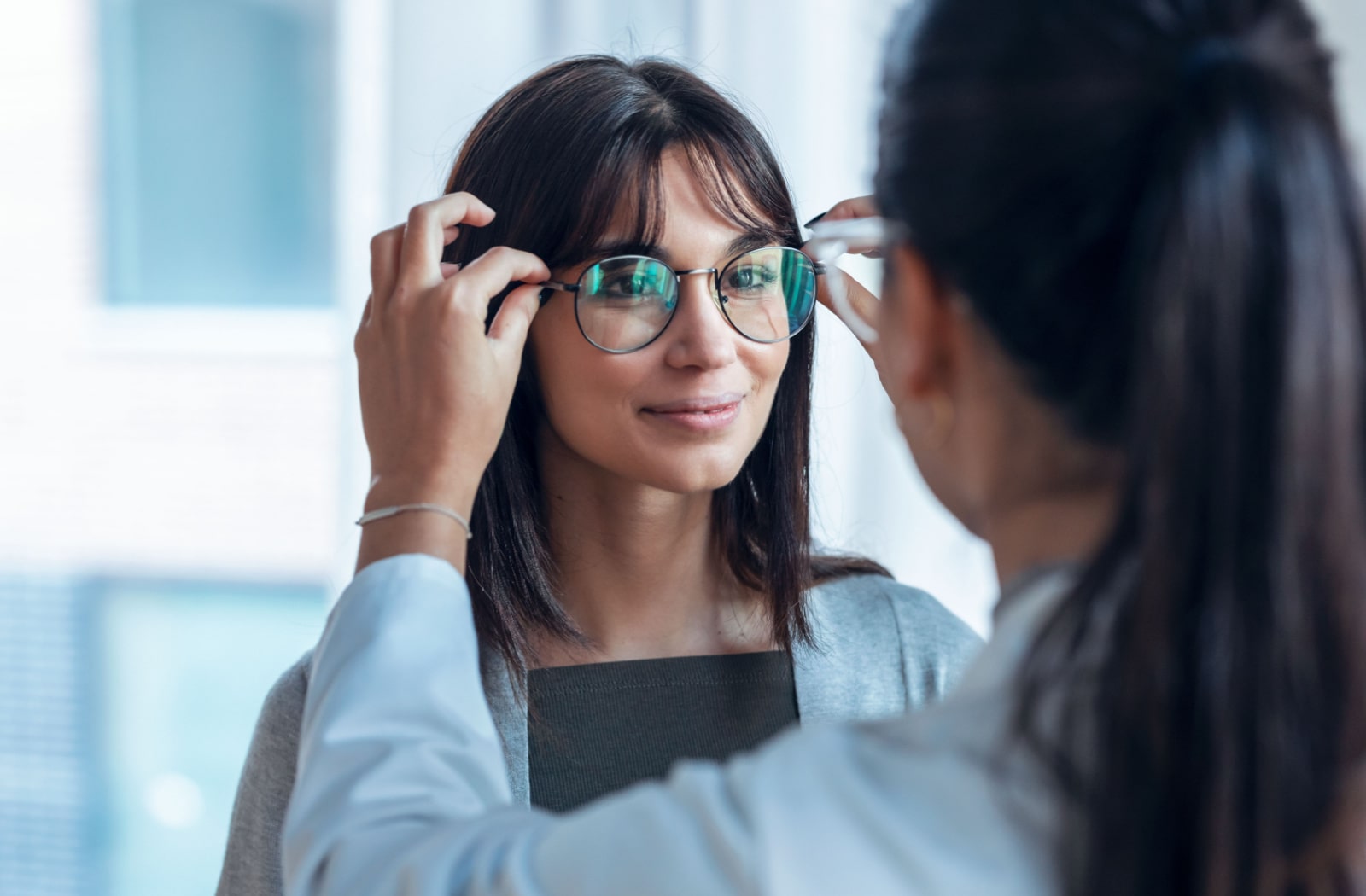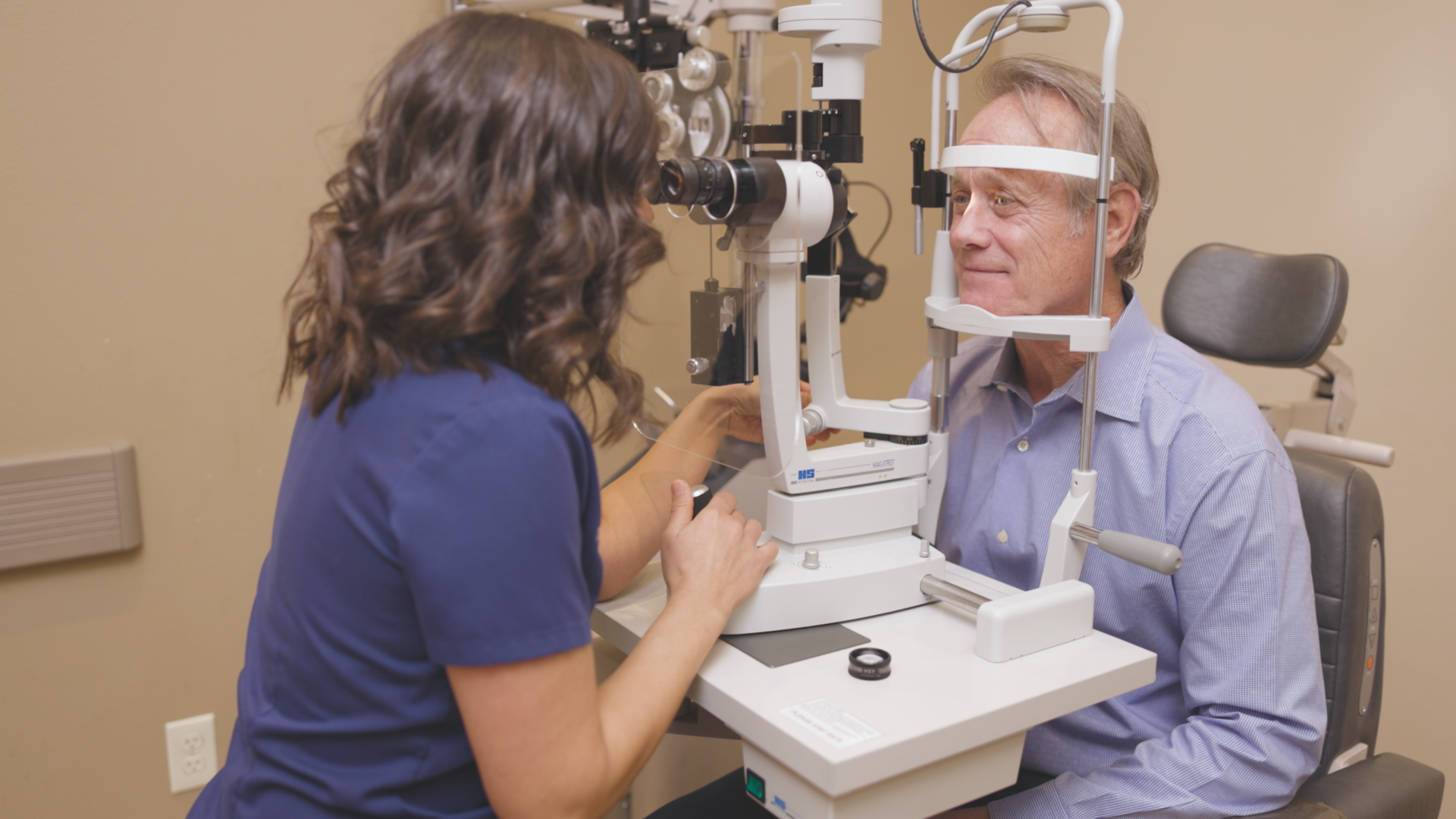Check Out the very best Optometrist Chino for Comprehensive Eye Care
Check Out the very best Optometrist Chino for Comprehensive Eye Care
Blog Article
Checking Out the current Technical Innovations in Optometry and What They Mean for Eye Doctors
From the accuracy of Optical Coherence Tomography to the nuanced insights offered by AI-driven diagnostic devices, these developments are establishing new criteria in patient evaluation and treatment. As these improvements permeate the technique, eye doctors are encountered with the challenge of accepting these devices to improve client results.
Technologies in Diagnostic Devices
Progressing the field of optometry, advancements in analysis tools have changed the method eye care professionals assess and detect ocular conditions and aesthetic disabilities. The past decade has actually witnessed considerable technical improvements, allowing more accurate and comprehensive examinations. Optical Coherence Tomography (OCT), for example, gives high-resolution cross-sectional pictures of the retina, permitting the very early discovery of diseases such as glaucoma and age-related macular degeneration. This non-invasive imaging technique has actually become important in modern optometric practice.
An additional key development is the intro of advanced corneal topography systems, which map the surface curvature of the cornea with precision. These devices are specifically valuable for suitable contact lenses and diagnosing corneal problems. Digital retinal imaging has changed conventional ophthalmoscopy, offering in-depth, panoramic views of the retina that help with detailed aesthetic assessments.
The advancement of wavefront aberrometry has additionally been essential, making it possible for the analysis of refractive mistakes with unequaled accuracy (Eye Doctor Optometrist). This technology aids in personalizing rehabilitative lenses and boosting medical results for refractive surgical procedures. Jointly, these analysis innovations encourage eye doctors to deliver remarkable client treatment, making sure very early treatment and tailored treatment strategies, ultimately boosting aesthetic wellness outcomes
AI in Patient Administration
Building on the foundation of advanced diagnostic tools, the consolidation of fabricated knowledge (AI) in person management represents a transformative leap for optometry. AI systems are increasingly utilized to enhance effectiveness, precision, and customization in client care. By examining substantial quantities of data, AI can identify patterns and forecast possible ocular problems, making it possible for eye doctors to tailor treatments better. This capability is vital in taking care of chronic eye diseases such as glaucoma and diabetic person retinopathy, where very early detection and continuous surveillance are vital.
Furthermore, AI-driven platforms facilitate structured patient communications and administrative processes. Automated scheduling, digital appointments, and personalized follow-up strategies not just enhance individual contentment yet also maximize time administration for specialists. These systems can triage patients based upon the urgency of their problems, ensuring that those in crucial requirement receive punctual attention.
Furthermore, AI enhances decision-making by providing optometrists with evidence-based recommendations and therapy paths. By integrating data from digital wellness documents, AI tools use understandings that educate medical choices, decreasing the risk of mistakes and improving person outcomes. As AI remains to evolve, its function in individual monitoring will likely broaden, reshaping the landscape of optometric treatment.
Advances in Retinal Imaging
In the realm of optometry, retinal imaging has observed remarkable technical improvements that are enhancing diagnostic capacities and patient care. Advancements such as Optical Comprehensibility Tomography (OCT) and fundus digital photography his comment is here have transformed exactly how optometrists examine the retina and visualize.
Enhanced imaging techniques like OCT angiography are more refining analysis precision. Opticore Optometry. Such innovations click for more info assist in the recognition of minute retinal modifications that can symbolize illness development.
Additionally, advancements in fabricated intelligence are enhancing retinal imaging by allowing computerized evaluation of huge datasets. These systems assist eye doctors in determining patterns a measure of pathology, thus improving diagnostic precision and effectiveness. Jointly, these innovations are changing retinal imaging into a foundation of modern-day eye treatment, enhancing end results and expanding therapeutic possibilities.
Teleoptometry's Expanding Function
Teleoptometry is progressively ending up being an essential element of eye treatment, driven by developments in digital interaction and diagnostic tools. This is particularly valuable in underserved and rural areas where access to specialized eye treatment is usually minimal.
The assimilation a fantastic read of fabricated knowledge (AI) further improves teleoptometry, allowing the analysis of aesthetic data and helping in the detection of eye problems such as glaucoma and diabetic retinopathy. AI-powered algorithms can swiftly translate intricate imaging information, supplying optometrists with useful understandings that strengthen professional decision-making.
In addition, teleoptometry supports connection of treatment with seamless assimilation with electronic health and wellness documents (EHRs), enabling eye doctors to preserve extensive patient histories. When consulting with various experts., this guarantees that people get regular and personalized care even.
Regardless of these advantages, difficulties continue to be, consisting of guaranteeing information security and handling individual assumptions. Nevertheless, teleoptometry represents a considerable stride towards even more easily accessible, efficient, and patient-centered eye care. As innovation develops, its role is poised to expand even more.

Future Patterns in Eye Treatment
A myriad of cutting-edge fads is readied to improve the future of eye care, driven by technological developments and the developing needs of people. One substantial fad is the assimilation of expert system (AI) in diagnostics, which guarantees to enhance the accuracy and performance of eye examinations. AI algorithms can evaluate vast quantities of information from retinal images, possibly identifying problems like diabetic person retinopathy and glaucoma earlier than traditional approaches.
In addition, tailored medication is gaining traction in optometry, with genetic screening notifying customized treatment plans. This strategy intends to maximize person end results by tailoring treatments to specific genetic accounts. Wearable innovation, such as clever get in touch with lenses, is also on the perspective, using real-time tracking of intraocular pressure or sugar levels, hence offering continuous understandings into systemic and eye health.
The fostering of enhanced reality (AR) and online truth (VR) in training and patient education and learning is another arising trend. These modern technologies use immersive experiences that can enhance understanding and skills both for optometrists and patients. As these patterns develop, optometrists should remain abreast of technological developments to offer cutting-edge care, making certain improved person outcomes and contentment in the dynamic landscape of eye care.
Conclusion

Collectively, these analysis improvements encourage optometrists to deliver exceptional individual care, making certain very early treatment and tailored therapy approaches, inevitably enhancing aesthetic wellness end results.

As these innovations proceed to develop, eye doctors should adapt and include them right into practice, inevitably enhancing operations efficiency and raising the criterion of eye treatment supplied to patients.
Report this page